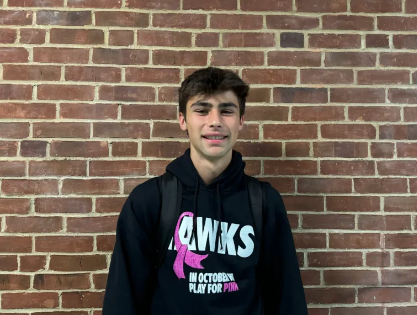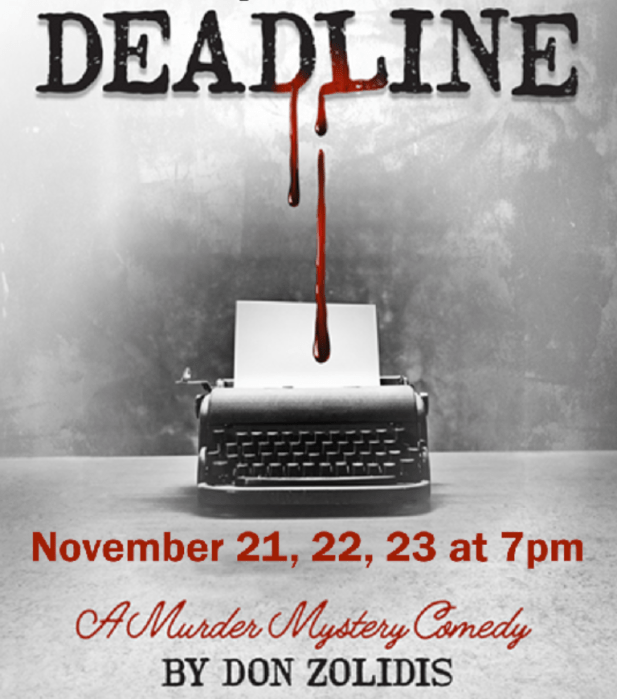
To celebrate Black History Month, Farmingdale’s American Airpower Museum unveiled a new addition to its Tuskegee Airmen exhibit: a life-sized model of a Triple Nickle.
The heroics of the Tuskegee Airmen, the first African American military pilots who fought during World War II, are well known today. Their actions and stories have been retold in films like 2012’s Red Tails. The Airmen were skilled African American pilots, whose success in their Mustang fighters, defending B-17s against Nazi Luftwaffe Messerschmitts, persuaded President Harry S. Truman to desegregate the military after World War II.
Lesser known, however, is the story of America’s first Black paratroopers, known as the “Triple Nickles”, who formed the all-Black 555th Parachute Infantry Battalion.
The Triple Nickles were formed during the period of a segregated military, when Black men were needed to fight, but not trusted to lead. Established in 1943 as an airborne battalion of the 82nd Airborne Division, the Triple Nickles played an integral part of the home-front mission Operation Firefly, where they trained as airborne “Smoke Jumpers” to combat forest fires in the Pacific Northwest started by Japanese incendiary balloon bombs in the last year of WWII.
In 2001, the museum dedicated one of the first ever permanent exhibits honoring the Tuskegee Airmen’s 332nd Fighter Group. Now, the Triple Nickles have been highlighted amidst the Tuskegee exhibit. On Saturday, February 24, the American Airpower Museum at Republic Airport in Farmingdale unveiled their very own Triple Nickle, modeled after a Smoke Jumper in era-accurate head-to-toe gear.

The presentation was led by Nick Casseus of Amityville; a museum volunteer and living historian. He described the harsh and violent opposition which forefronted the creation of an all-Black battalion, and the strength of the battalion to forge ahead through unequal rights or respect. “80 years ago, on February 18th, 1944, sixteen soldiers would cross the threshold of prejudice and discrimination to become the first black paratroopers of the United States Army… Before this milestone could be achieved, these men would be subjected to the degradations of the Jim Crow South; donning their uniforms proudly, only to be told to sit at the back of the bus… Despite all this, these men stepped forward with the desire to banish the baseless theories that African Americans were cowardly, undisciplined, and not intelligent enough to serve in such a capacity.”
While this unit did not get to go overseas like their Red-Tailed pilot compatriots, they too engaged in another facet of war which helped to change the assumed narrative of the Black soldier. The Triple Nickles put out over 36 fires which raged across the West Coast at the hands of Japanese incendiary bombs.
Reynard Burns, PR officer for the Claude B. Govan Tri-State Tuskegee Airmen Chapter, also spoke at length about the disparities faced by Black men in the military during this time. “These men got the hand-me-downs; equipment, planes… They fought their own war in the United States. They fought through extreme prejudice in their training, they fought through extreme prejudice during their time in the service. And this prejudice was not coming from the enemy overseas, from Europe. It was coming from the people they were fighting to defend.”
The Airpower Museum looks forward to educating visitors on the importance of this division, and the dedication of Black men in the military during a time of oppression, racism, and violence against them. “This is a lesser known branch,” said Jeff Clyman, president of the AAM, “And now we have information about them right by the Tuskegee exhibit.” Visitors curious about the Tuskegee Airmen or learning more about the Triple Nickles can visit the permanent exhibit at the American Airpower Museum.































